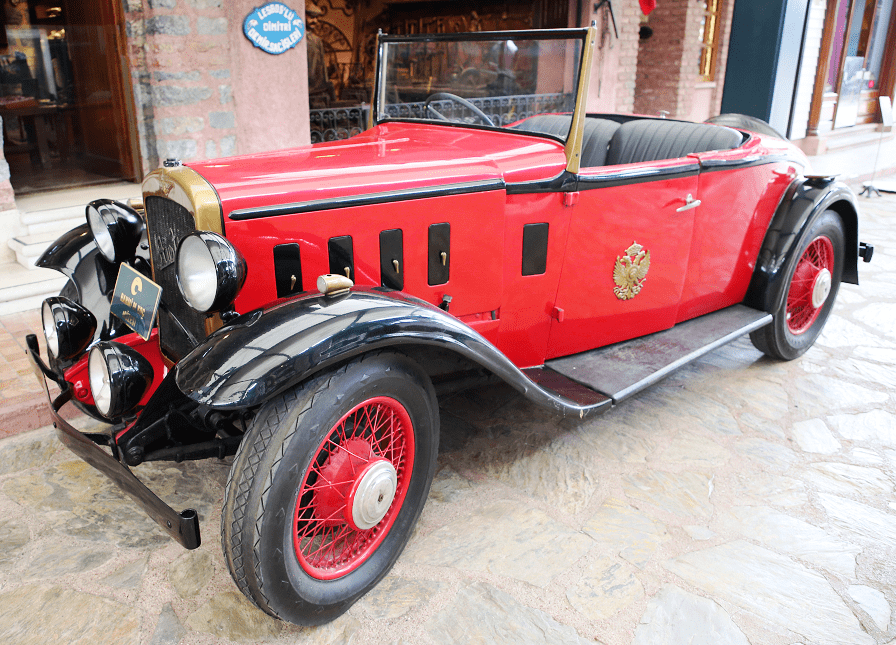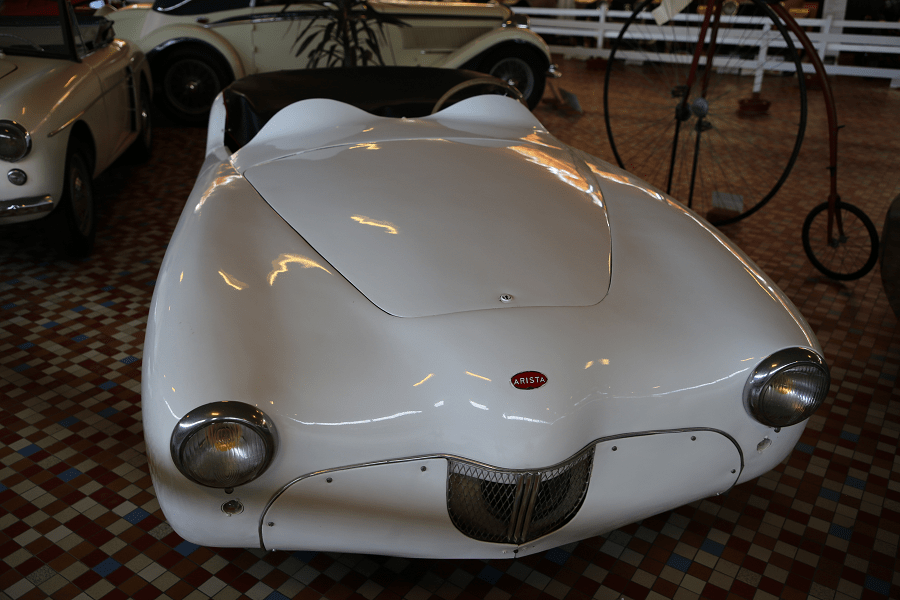Austin Heavy Twelve-Four Tourer
The Austin Twelve is a motor car introduced by Austin in 1921. It was the second of Herbert Austin’s post World War I models and was in many ways a scaled-down version of his Austin Twenty, introduced in 1919. The slower than expected sales of the Twenty brought about this divergence from his intended one-model policy. The Twelve was announced at the beginning of November 1921 after Austin’s company had been in receivership for six months. The number twelve refers to its fiscal horse power (12.8) rather than its brake horsepower (bhp) which was 20 and later 27.
The car continued in the Austin catalogue and as a taxi option until 1939. The last cars were produced for the War Department in 1940.
After the early thirties the car was referred to by the public as the Heavy Twelve to distinguish it from the other, newer, 12HP cars in the Austin catalogue Light Twelve-Four, Light Twelve-Six etc. and received some updating. The artillery style wheels were replaced by wire wheels in 1933 and coil ignition replaced the magneto in 1935. The gearbox was provided with synchromesh between its top two ratios in 1934. The factory catalogued body range was steadily updated with the last of the no longer fashionable Weymann style fabric-covered cars in 1931 and no open tourers after 1934.
After the war the Austin Twelve name resumed in the Austin catalogue for a couple of years until the arrival in 1947 of the Austin A40 Dorset and Devon saloons.
Today, the Austin Twelve is remembered as being virtually unburstable and is well catered for by the Vintage Austin Register in the UK and various other clubs in other parts of the world.
Assembly: UK
Year of production: 1921–1939
Production: 88,000 units
Length: 4100 mm
Width: 1600 mm
Engine: 4 cylinders; 1861 cc
Power: 27 HP
Max speed: 97 km/h
Weight: 830 kg
Rahmi M. Koç museum (Istanbul, Turkey)














